7 Italian Spices That Will Make Your Kitchen Feel Like Tuscany (Without Booking a Flight!)
If you’ve ever dreamed of standing in an open-air market in Florence, sniffing fresh herbs and sipping espresso, then you already know the magic of Italian cuisine. But here’s a secret: that magic doesn’t come from pasta alone—it comes from Italian spices.
In this article, we’ll take a flavorful journey through Italy's most iconic spices, explore their regional uses, and give you practical tips on how to buy and use them like a true Italian nonna.
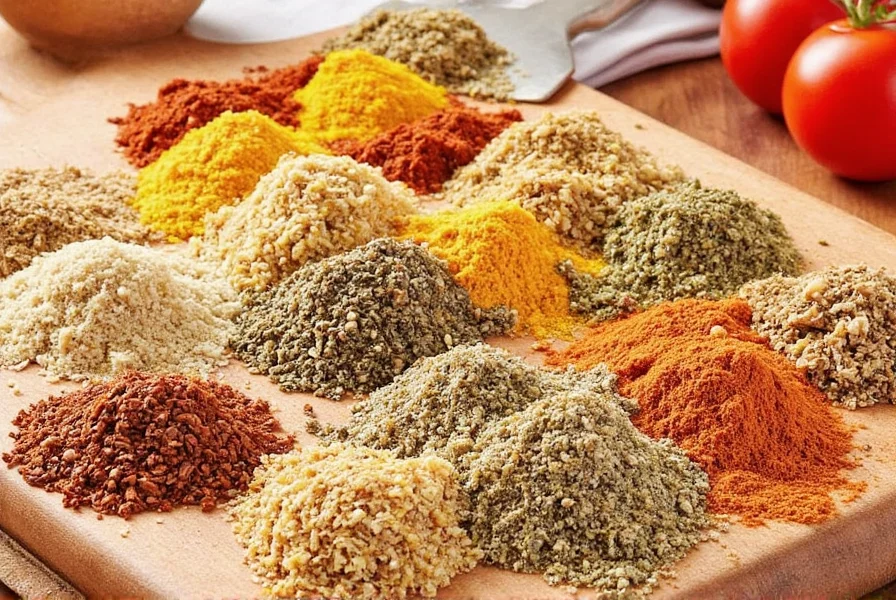
Table of Contents
- What Makes Italian Spices Unique?
- Top 7 Italian Spices You Need to Try
- How to Use Italian Spices in Everyday Cooking
- Buying Guide: Where and How to Buy Authentic Italian Spices
- Conclusion: Spice Up Your Life the Italian Way
What Makes Italian Spices Unique?
Italy might be famous for its fashion and art, but its culinary legacy is just as rich—and much tastier. Unlike other cuisines that rely heavily on complex spice blends or intense heat, Italian cuisine celebrates simplicity. The key lies in using high-quality ingredients and letting them shine without overpowering them.
Italian spices often originate from local herb gardens and are used either dried or fresh. They’re typically paired with olive oil, garlic, tomatoes, and cheese—creating a balance that’s both comforting and refined.
A Flavor Profile by Region
Italy’s geography plays a big role in its spice palette:
- Northern Italy: Milder flavors, butter-based cooking, and more use of aromatic spices like nutmeg and saffron.
- Central Italy: Olive oil reigns supreme. Rosemary, sage, and thyme dominate rustic dishes like osso buco and grilled meats.
- Southern Italy: Bold and spicy. Think Calabrian chilies, oregano, and plenty of sun-dried herbs.
| Region | Dominant Spices | Signature Dishes |
|---|---|---|
| Northern Italy | Nutmeg, Saffron | Risotto alla Milanese |
| Central Italy | Rosemary, Sage | Ossobuco, Grilled Lamb |
| Southern Italy | Oregano, Calabrian Chili | Spaghetti Aglio e Olio, Eggplant Parmesan |
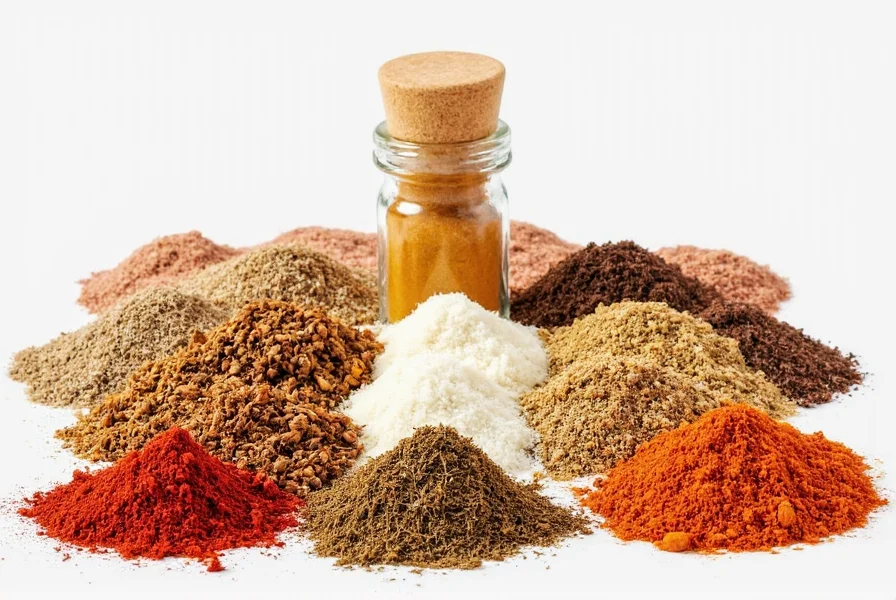
Top 7 Italian Spices You Need to Try
Whether you're whipping up Sunday gravy or making a quick caprese salad, these seven spices are your passport to authentic Italian flavor:
- Basil – The heart of pesto and Caprese salad
- Oregano – Essential for pizza and tomato sauces
- Marjoram – A sweeter, milder cousin of oregano
- Thyme – Adds earthy depth to roasted meats and vegetables
- Rosemary – Perfect for focaccia and grilled lamb
- Calabrian Chili – For when you want gentle heat with fruity undertones
- Saffron – Luxurious and golden, perfect for risotto
#1 Basil – Green Gold of Italy
No Italian kitchen is complete without fresh basil. Whether used raw in salads or blended into fragrant pesto, basil brings brightness and aroma that elevates any dish.
- Best paired with: Tomatoes, mozzarella, olive oil
- Tips: Add at the end of cooking to preserve flavor.
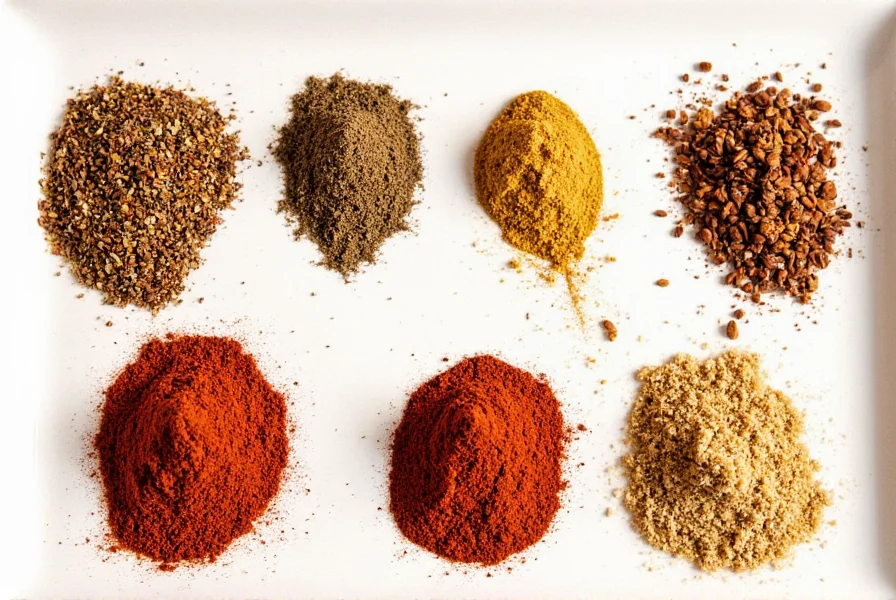
#2 Oregano – The Soul of Southern Italy
Dried oregano is a staple in Italian pantries. Its robust flavor enhances everything from pizza dough to slow-cooked ragùs.
- Best paired with: Garlic, olive oil, tomato sauce
- Tips: Crush between your fingers before adding to release oils.
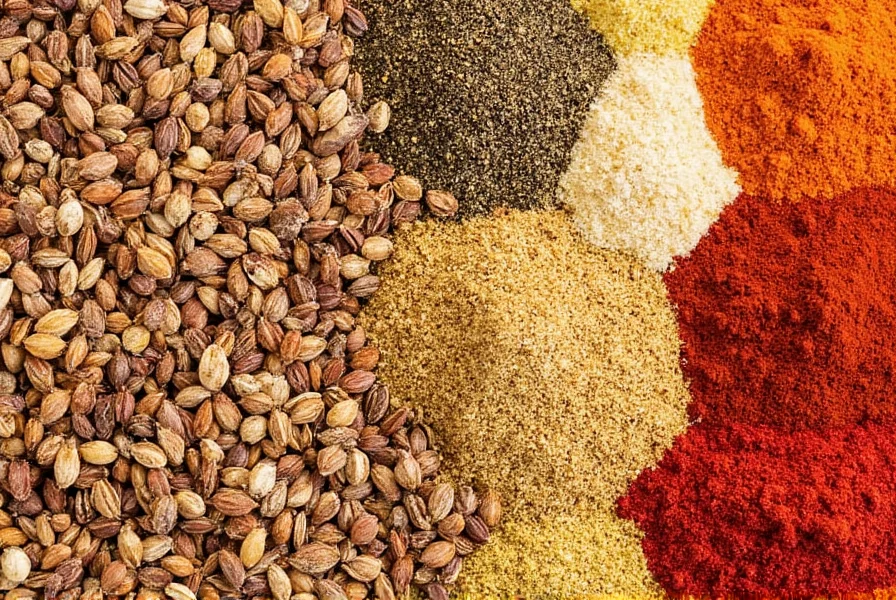
#3 Marjoram – The Gentle Giant
Less aggressive than oregano, marjoram has a sweet, floral note. It’s commonly used in stuffings, soups, and stews.
- Best paired with: Chicken, mushrooms, eggplant
- Tips: Substitute in equal parts for oregano if a milder taste is desired.
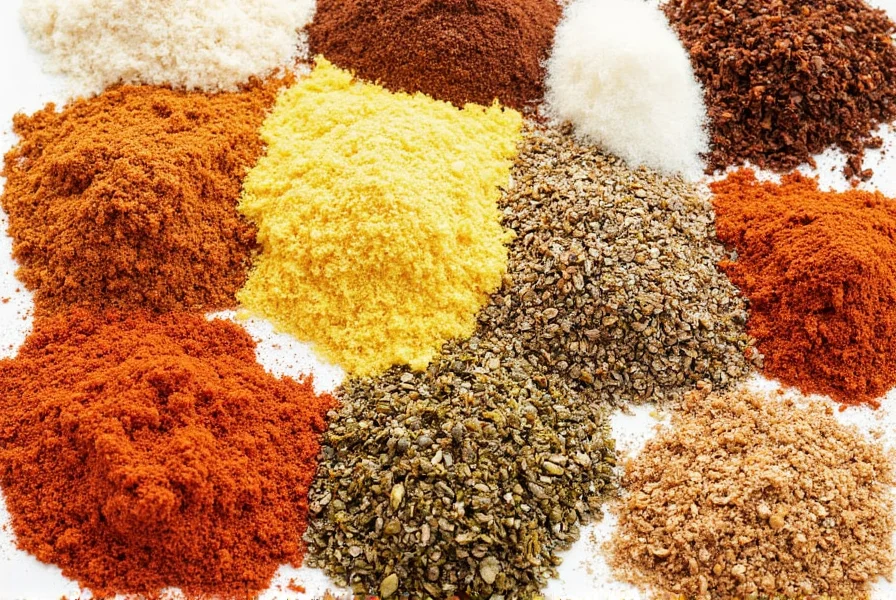
#4 Thyme – The Workhorse Herb
Thyme is a versatile herb used in both northern and southern Italian cuisine. Its subtle earthiness makes it a great addition to braises, roasts, and even bean dishes.
- Best paired with: Lemon, rosemary, olive oil
- Tips: Use whole sprigs tied together and remove before serving.
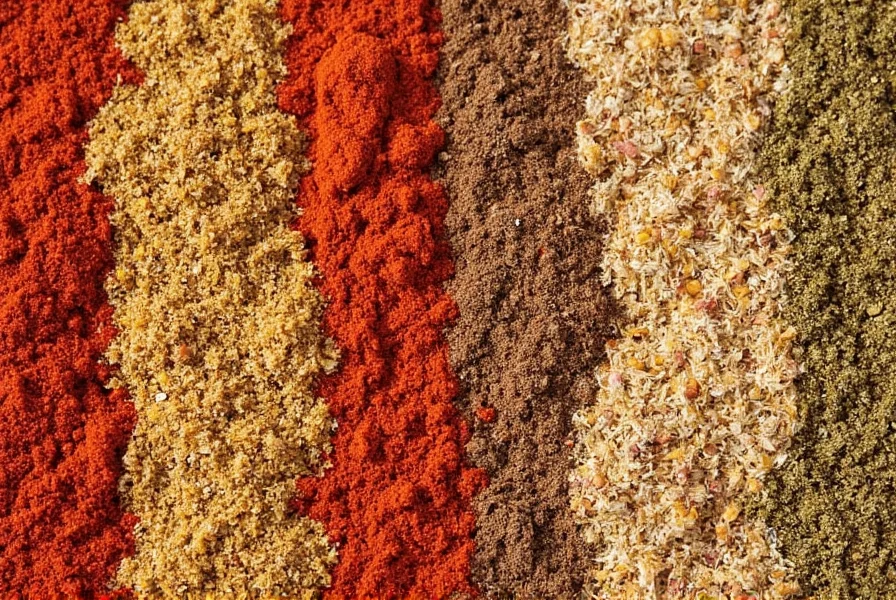
#5 Rosemary – Bold and Beautiful
With its pine-like aroma, rosemary adds boldness to roasted meats, potatoes, and bread. It can easily overwhelm a dish if not used sparingly.
- Best paired with: Lamb, chicken, focaccia
- Tips: Chop finely or use whole needles depending on the recipe.
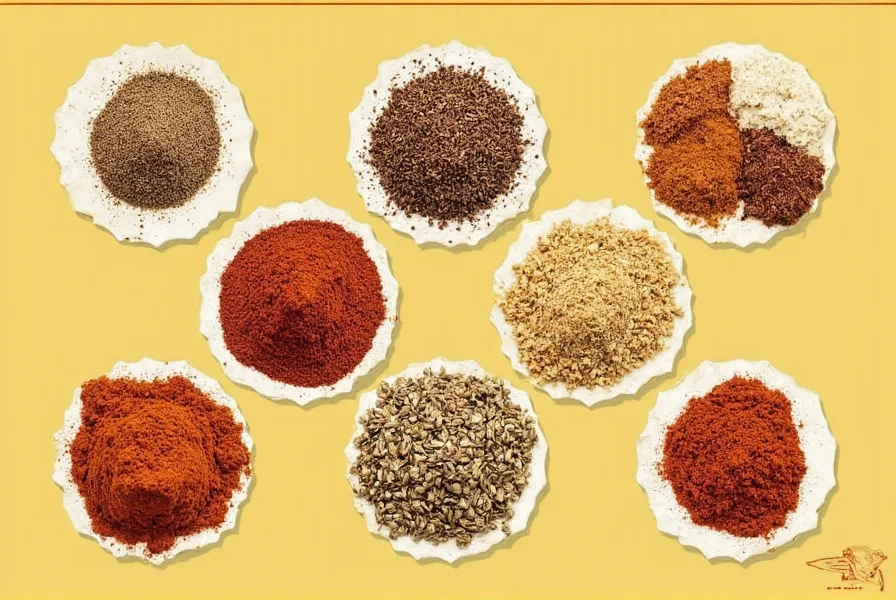
#6 Calabrian Chili – Heat with Heart
Unlike fiery Mexican chilies, Calabrian chili offers a balanced heat with a touch of sweetness. Available in paste or flake form, it’s a staple in southern Italian cooking.
- Best paired with: Garlic, anchovies, olive oil
- Tips: Start with small amounts and build up slowly.
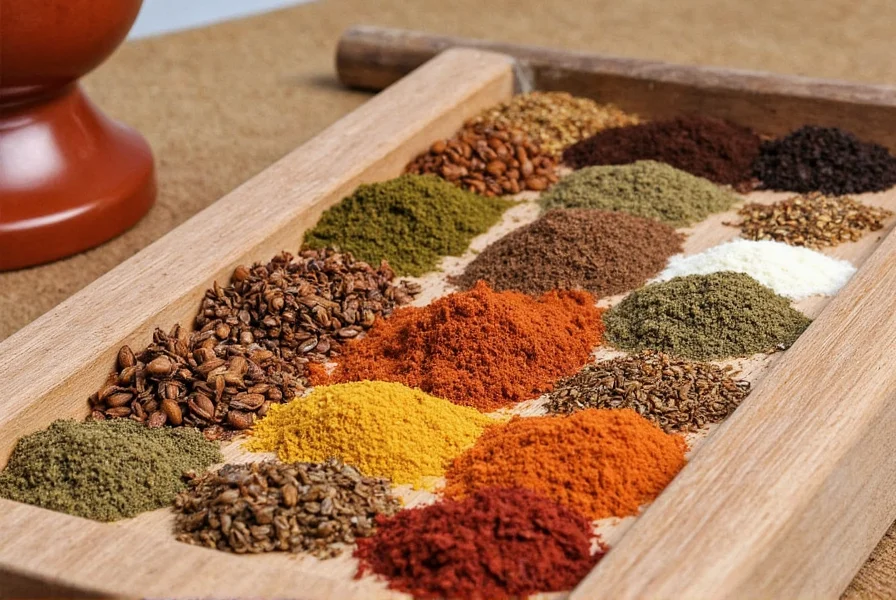
#7 Saffron – Liquid Gold
One of the world’s most expensive spices, saffron gives dishes a vibrant color and delicate aroma. It’s essential for classic dishes like Risotto alla Milanese.
- Best paired with: Seafood, rice, lemon
- Tips: Soak strands in warm liquid before adding to recipes.
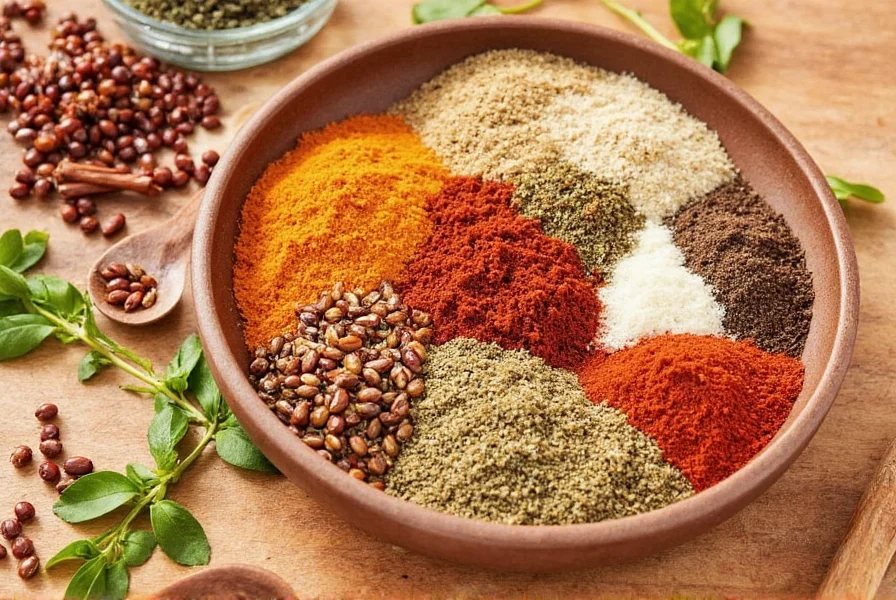
How to Use Italian Spices in Everyday Cooking
Now that you’ve got your spice stash ready, let’s talk about how to actually use them! Here are some tried-and-true ways to incorporate Italian spices into your daily meals:
Pesto Power
Forget store-bought jars—fresh basil, pine nuts, Parmesan, garlic, and olive oil make the best pesto. Add a pinch of black pepper and a sprinkle of nutmeg for warmth.
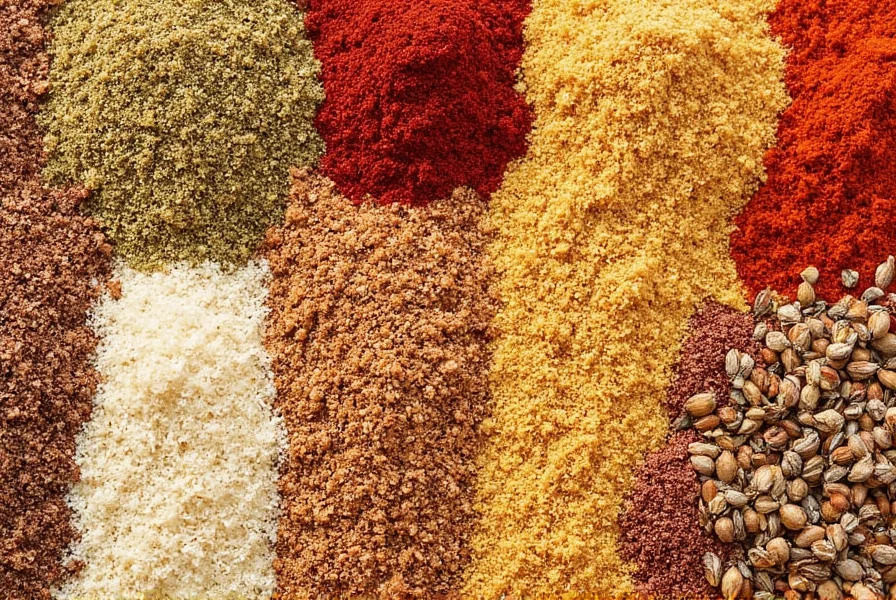
Pizza Perfection
A simple Margherita pizza becomes legendary with just the right amount of oregano sprinkled on top after baking. Try it with fresh basil leaves torn over the hot crust.
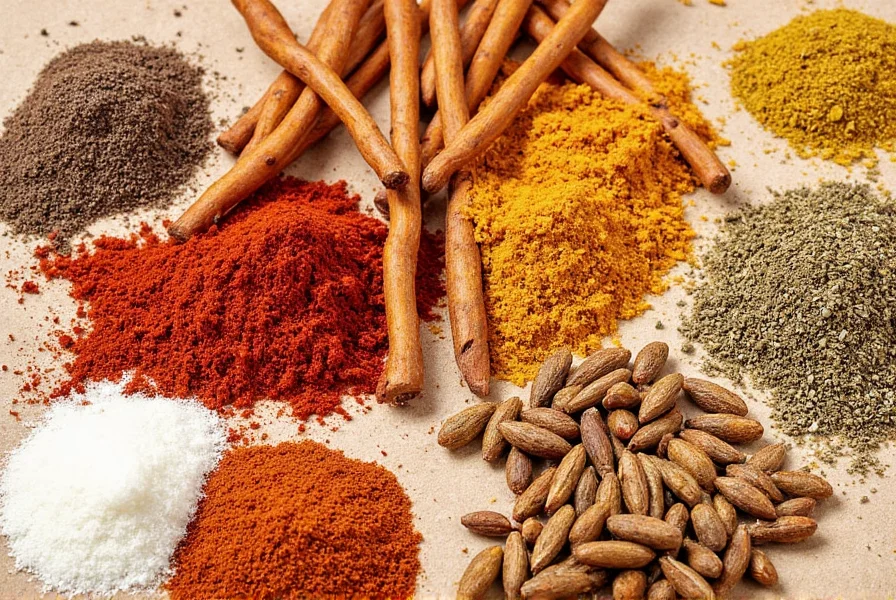
Roasted Vegetables with Herbs
Toss zucchini, bell peppers, and cherry tomatoes with olive oil, rosemary, and thyme, then roast until caramelized. Serve with crusty bread for a rustic side dish.
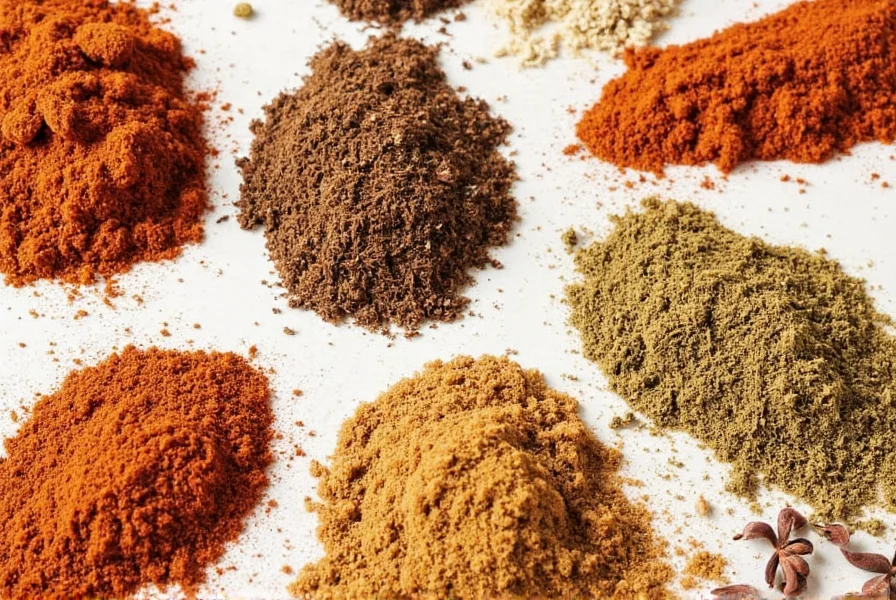
Cheesy Risotto with Saffron
The ultimate comfort food. Stir in saffron-infused broth, add Arborio rice and finish with butter and Parmesan. Don’t forget a dash of white pepper!
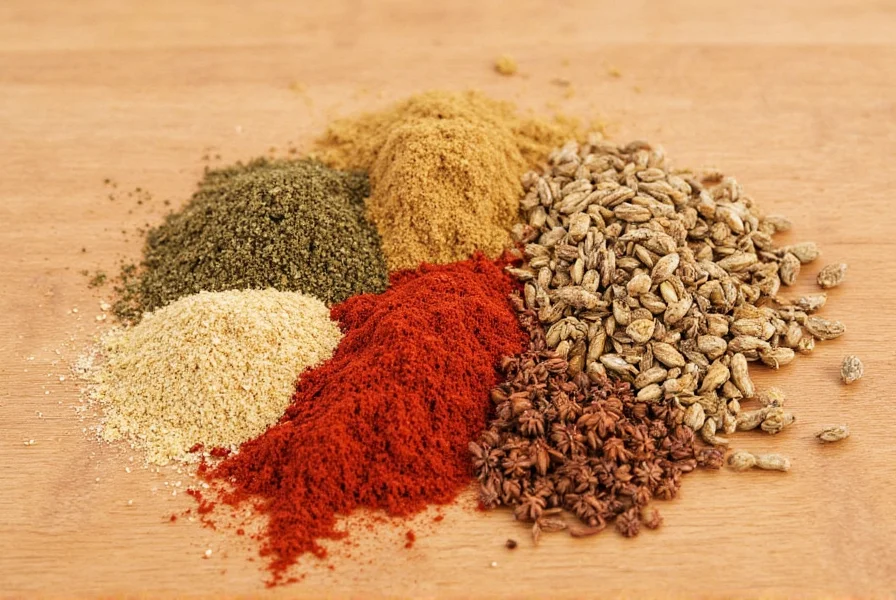
Buying Guide: Where and How to Buy Authentic Italian Spices
Buying real Italian spices isn’t as easy as it sounds. With so many mass-produced options out there, how do you tell the difference between a quality product and something that just looks fancy?
What to Look For
| Feature | Description |
|---|---|
| Origin | Look for “Made in Italy” or specific regions like Sicily or Calabria |
| Packaging | Airtight containers protect flavor and extend shelf life |
| Smell | Fragrant and pungent—not dusty or bland |
| Color | Vibrant—especially for saffron and chili flakes |
Top Products to Consider
- La Cicogna Saffron Threads
- Source: Abruzzo, Italy
- Features: 100% hand-harvested saffron threads
- Use Case: Risotto, seafood dishes, desserts
- Best For: Foodies, gourmet cooks
- Occasion: Romantic dinners, holiday feasts
- Antica Erboristeria Dried Basil
- Source: Genoa, Liguria
- Features: Air-dried without preservatives
- Use Case: Sauces, pesto, pizzas
- Best For: home cooks and Italian enthusiasts
- Occasion: Weeknight meals, picnic spreads
- Piennolo Del Vesuvio Oregano
- Source: Mount Vesuvius, Campania
- Features: Organic, volcanic soil-grown
- Use Case: Tomato sauces, grilled vegetables
- Best For: Neapolitan-style dishes, artisanal chefs
- Occasion: Family gatherings, Italian-themed dinner parties
Where to Buy
- Local Italian Specialty Stores – Ask for recommendations from staff
- E-commerce Platforms – Amazon, Etsy, and niche stores like Gustiamo or Gusto Imports
- Travel Markets in Italy – Visit markets in Rome, Naples, or Bologna for fresh finds
Conclusion: Spice Up Your Life the Italian Way
Italian spices are more than just pantry items—they’re flavor storytellers. Each one carries a legacy of tradition, terroir, and taste. By stocking your kitchen with genuine Italian spices like basil, oregano, and saffron, you’re not only upgrading your meals—you’re honoring centuries of culinary culture.
So whether you’re hosting a casual dinner or planning your next trip to Tuscany, remember: a little pinch of Italian spice goes a long way. Buon appetito!
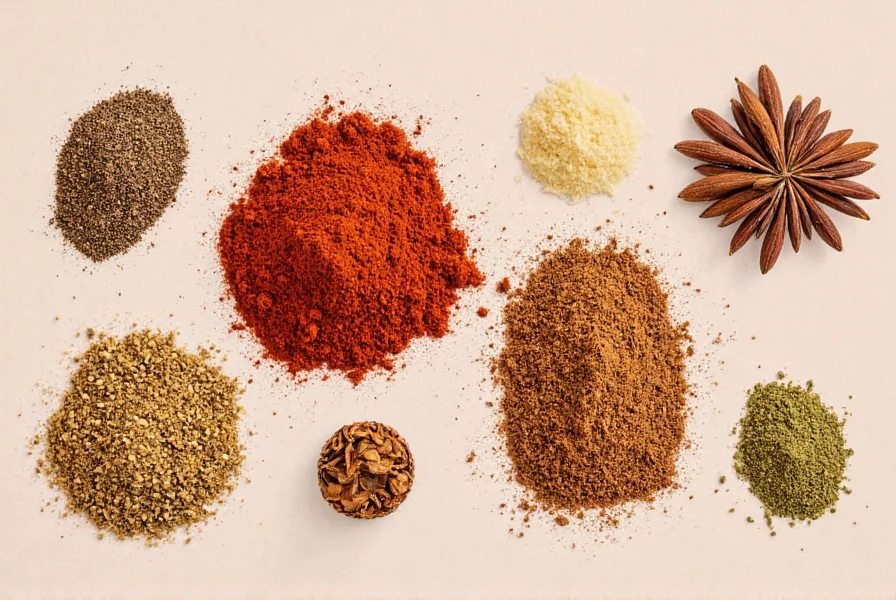

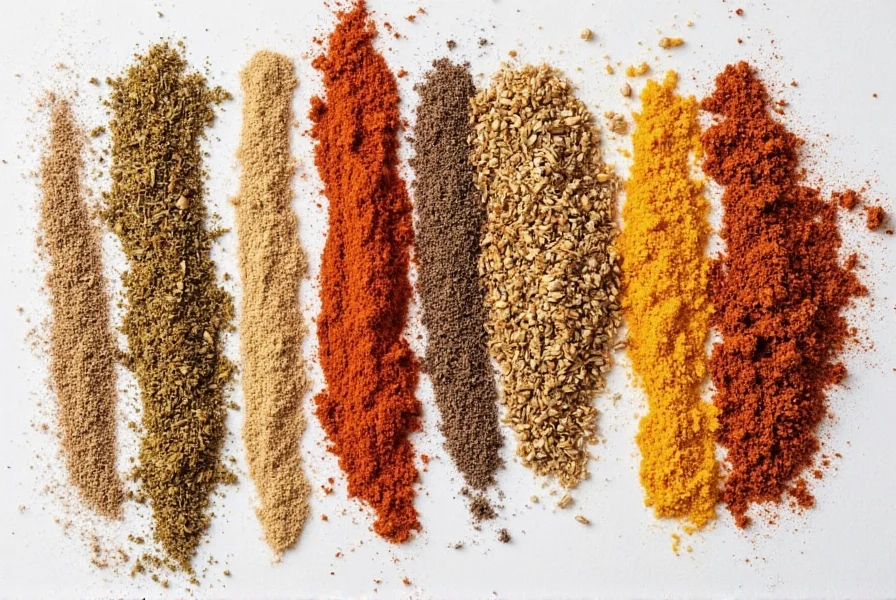









 浙公网安备
33010002000092号
浙公网安备
33010002000092号 浙B2-20120091-4
浙B2-20120091-4